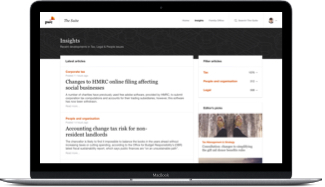The Coronavirus Aid, Relief, and Economic Security Act (CARES Act or Act), enacted March 27, includes a net operating loss (NOL) carryback provision allowing an NOL from tax years beginning in 2018, 2019, or 2020 to be carried back five years. The provision temporarily removes the current-law taxable income limitation and allows an NOL to fully offset income. The provision also makes a retroactive correction to the 2017 tax reform legislation to allow NOLs arising in a fiscal tax year beginning in 2017 and ending in 2018 to be carried back two years.
These NOL provisions can provide an opportunity for companies that previously paid federal income taxes for their 2013 to 2017 tax years to access cash from these NOL carrybacks quickly via tentative refund procedures. The mechanisms of claiming refunds from these NOL carrybacks can be complex and driven by a company’s specific fact pattern. In some cases, the slower amended return (Form 1120X, Amended U.S. Corporation Income Tax Return) ref Amended U.S. Corporation Income Tax Return) refund process may have to be und process may have to be used. In that regard, it is unclear whether a taxpayer with a 2018 calendar-year NOL can use Form 1139, Corporation Application for Tentative Refund, or instead must carry back the loss on Form 1120X.
Given the March 27 date of enactment of the CARES Act, companies have a short window to work through the mechanisms of carrying back eligible NOLs. Companies with eligible NOLs should file quickly as the IRS generally works these claims on a strict ‘first in, first out’ basis. The IRS typically processes an application for a tentative refund pursuant to Section 6411 in 45 to 90 days; however, timing could be impacted by COVID-19 related circumstances.
Taxpayers may use various tentative or quick refund procedures to obtain refunds from these NOL carrybacks or the overpayment of estimated taxes. This insight discusses the mechanisms of each refund option.
